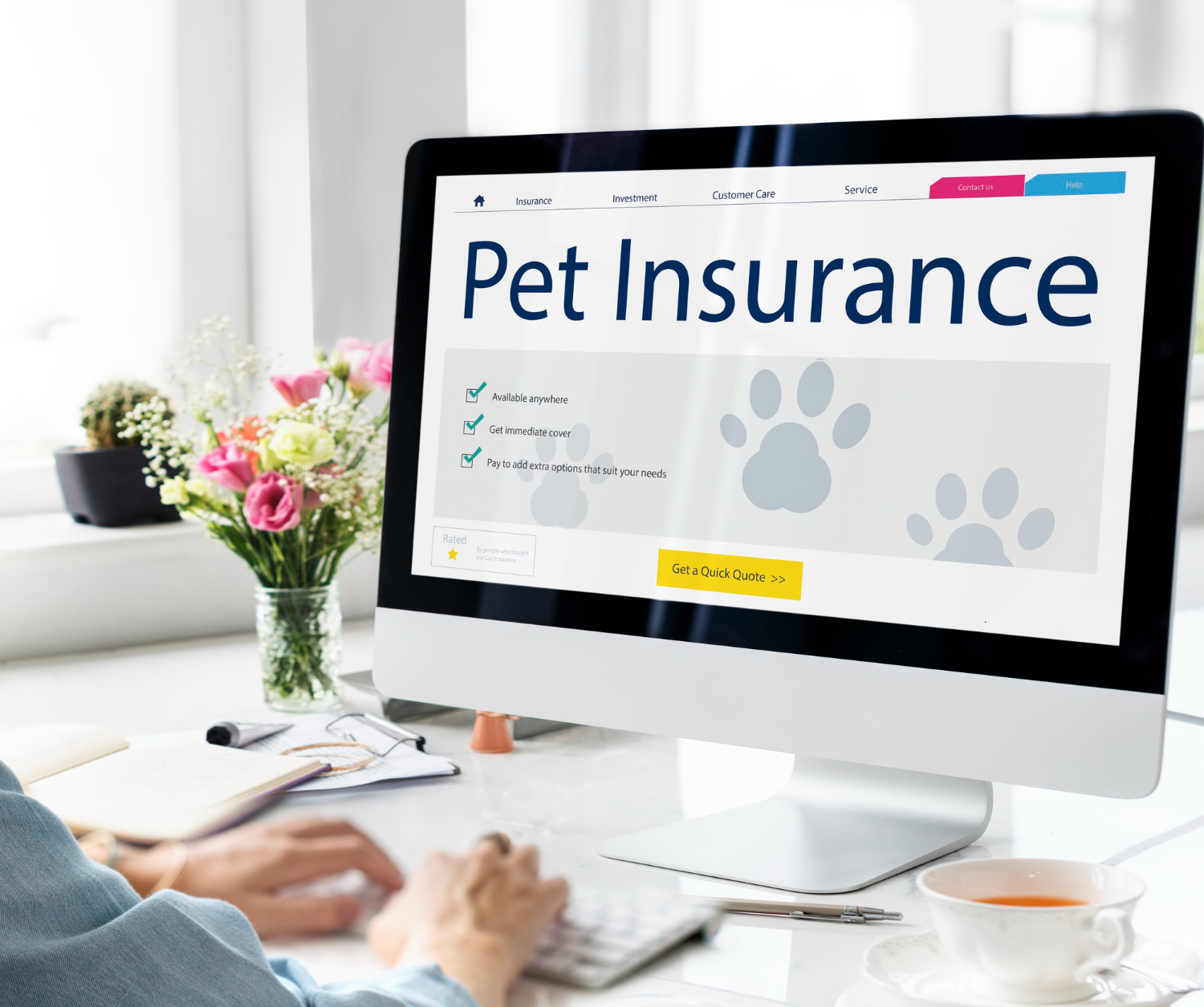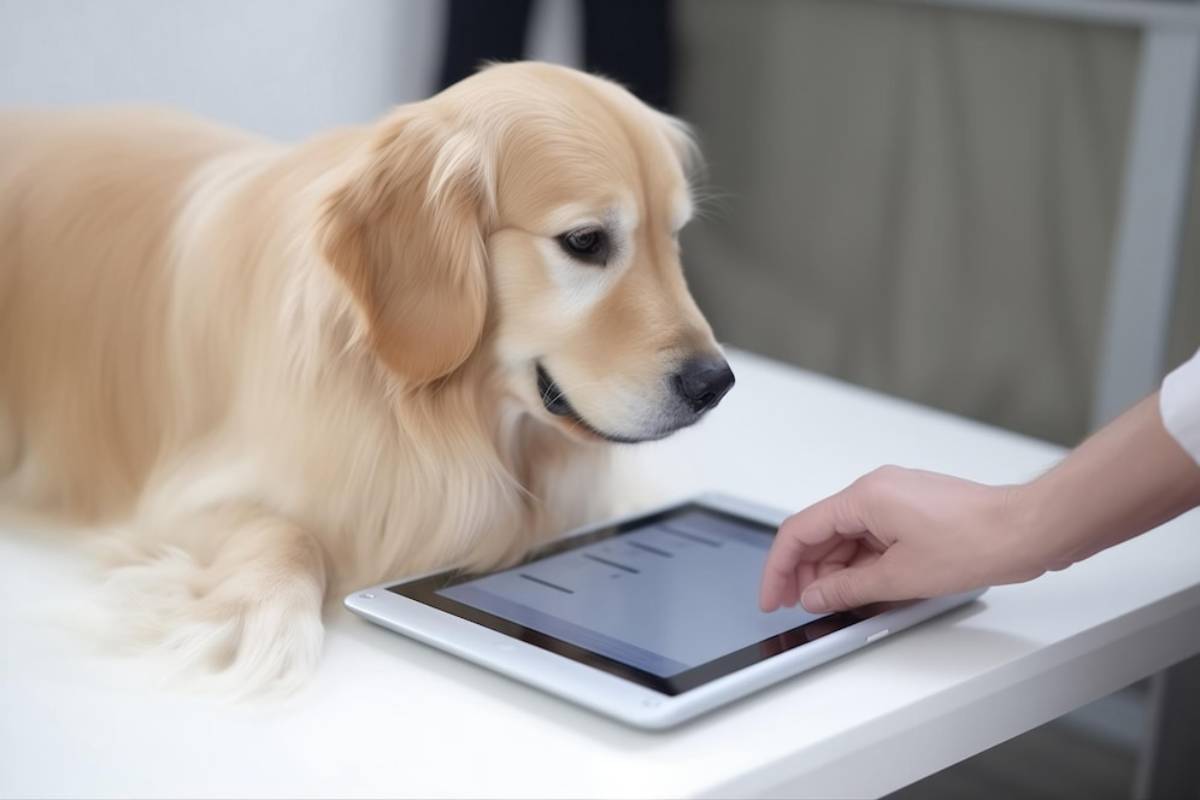
Pet Insurance Trends to Watch in the Next Decade
It’s a familiar scene for many of us. Your dog suddenly starts limping, or your cat refuses food for a day too long. Off to the vet you go, bracing yourself for both the diagnosis and the bill. Pet insurance, once seen as a luxury or even an afterthought, has become a lifeline for many pet parents. Technology, healthcare, and consumer expectations are changing fast. So, it’s now going through a big transformation.
So, what does the future of pet insurance look like?
Whether you already have a policy or are considering one for the first time, it’s crucial to stay ahead of the curve. In this blog, we’ll explore the pet insurance industry trends shaping the next decade. Pet coverage is changing fast. Smart policies adapt in real time. Coverage now mirrors human healthcare. It’s becoming more advanced, personalised, and valuable than ever.
The State of Pet Insurance Today
Before we look ahead, let’s take stock of where we are.
The Association of British Insurers (ABI) reports that more than 4 million pets in the UK are insured. This number is growing every year. This growth is driven by:
- Rising vet costs
- Increased pet ownership, especially post-pandemic
- Greater awareness of chronic and breed-specific conditions
Many policies still use old models. They often have generic coverage, react only to claims, and include confusing exclusions. That’s where the next generation of pet insurance aims to improve.
Trend 1: AI-Driven Underwriting and Claims Processing
From guesswork to precision
Artificial Intelligence (AI) is transforming how insurers assess risk and handle claims. Now, instead of just using breed and age for flat-rate premiums, AI-driven algorithms also evaluate:
- Lifestyle data (exercise levels, environment, diet)
- Genetic predispositions
- Behavioural trends
A border collie in a flat with regular walks may be rated differently than one in a rural area where it can run free. This shift towards personalised risk modelling means fairer pricing and fewer surprises.
Faster, automated claims
AI also streamlines the claims process. Advanced platforms can now:
- Automatically scan and categorise vet invoices
- Cross-reference symptoms and treatment codes with your policy
- Approve or flag claims in real-time
Some insurers already offer same-day payouts, eliminating the traditional waiting game. This not only enhances customer satisfaction but also builds trust in the industry.
Trend 2: Wearables and Real-Time Health Monitoring
Data from collars, feeders, and apps
Pet tech is on the rise. Smart collars, activity monitors, and automated litter boxes are changing insurance strategies. These tools offer real-time insights into your pet’s:
- Activity levels
- Heart rate and temperature
- Sleep patterns
- Eating and drinking habits
Insurers can team up with tech providers. This helps promote healthier habits and spot early illness signs. They can do this before costs rise.
Tailored care based on data
Picture getting a policy update when your pet loses weight. Or, think about receiving a reminder to schedule a check-up if it becomes less active. Real-time data makes insurance proactive, not reactive, which helps pets live longer and healthier lives.
Trend 3: Predictive Analytics and Preventive Care
Spotting issues before they escalate
Predictive analytics is no longer reserved for large-scale health systems. Insurers use it to spot patterns in claim history. They check for breed-specific risks and environmental triggers. This includes allergy outbreaks and local disease trends.
This allows for:
- Customised wellness plans
- Proactive alerts about vaccines, check-ups, or treatments
- Early intervention that reduces both cost and suffering
Predictive models can show how likely certain conditions will be in the future. They will use data from millions of pets.
A shift towards holistic wellbeing
Preventive care goes beyond just illness. It covers behaviour, diet, dental hygiene, and mental health. Modern policies are starting to reflect this by covering wellness services like:
- Nutritional counselling
- Behavioural therapy
- Routine dental cleanings
This shows a shift toward whole-pet coverage. It’s an important part of changing pet insurance.
Trend 4: Flexible, Customisable Policies
Coverage that grows with your pet
One-size-fits-all is becoming a thing of the past. The future of pet insurance focuses on flexible plans. These plans can adapt as your pet grows and their needs change.
You might start with accident and illness cover, then add:
- Dental care
- Breed-specific condition coverage
- Travel insurance for pets going abroad
- Senior pet wellness support
This flexibility helps you afford coverage.
Subscription-style insurance
Some providers now offer monthly rolling plans. These plans have no long-term commitment. This follows the success of subscription models in other sectors. These are particularly attractive to:
- Young pet owners
- Those with variable income
- Individuals seeking more control over their coverage
Look for more insurers to offer custom plans through user-friendly apps. These apps will have live chat, policy sliders, and renewal reminders.
Trend 5: Integration with Veterinary Practices
Direct-pay models
Most UK policies use a reimbursement model. You pay upfront, submit paperwork, and then wait. This system can be stressful during emergencies.
Some innovative providers are shifting to direct-pay models. In these models, the insurer pays the vet directly. This:
- Reduces out-of-pocket costs
- Simplifies the process for pet owners
- Builds stronger vet-insurer partnerships
Shared digital health records
Integrated digital records between vets and insurers mean:
- No lost paperwork
- Faster claim validation
- Better long-term health tracking
This smooth communication helps manage chronic conditions, track treatment results, and ensure consistent care among different providers.
Trend 6: Broader Definitions of ‘Pet’ and New Species Coverage
Beyond cats and dogs
Cats and dogs dominate pet insurance policies. However, in the next decade, coverage will likely expand to include:
- Rabbits, guinea pigs, and other small mammals
- Reptiles, amphibians, and exotic pets
- Birds and parrots
These species need different care. Owners often find it hard to get good insurance. As demand grows, specialist insurers are stepping in to close the gap.
Farm-adjacent and working animals
Another growing segment is the coverage of animals with dual roles, such as:
- Therapy dogs
- Farm cats
- Guard dogs and scent detection animals
Policy language will change to accommodate the special legal and health needs of these roles and ensure that coverage protects the animal’s well-being.
Trend 7: Ethical and Sustainable Pet Insurance
Eco-conscious pet parenting
Consumers want sustainable options in food and fashion. Now, they expect the same from insurers, too. Companies that:
- Offset carbon footprints
- Support rescue shelters
- Fund veterinary research
will likely appeal to the next generation of eco-aware pet parents.
Ethical claims practices
Transparency and fairness in claims handling will remain critical. Expect to see more emphasis on:
- Clear communication
- Simplified policy language
- Independent ombudsman oversight
As the industry grows more data-driven, it must stay empathetic. Every claim involves a worried owner and their beloved pet.
Conclusion: Preparing for a Smarter, Kinder Future of Pet Insurance
The trends in pet insurance are more than just extras—they signal real change. Predictive, proactive, and personalised care is bringing people and their pets closer together. These trends show that your cat is not “just a cat.” Your dog is more than their breed, too. They are unique and deserve special, caring support.
The future of pet insurance will be faster, fairer, and more flexible. It will use data and be powered by AI , and aim to help pets live longer, healthier, and happier lives.
As a pet parent, now is the perfect time to:
- Review your current policy
- Explore new options that offer tech integration and wellness coverage
- Ask your insurer how they’re preparing for the future
Because the best kind of insurance is the one that supports you before, during, and after your pet needs care.


